
Well, it finally happened, and way too soon for me, but we have hit triple digits along the Front Range of Colorado, so I had to move my natural dyes out of direct sunlight. 100 degrees could turn my dyes brown, so I've put them in the shade for now.
Nevertheless, the onion skins and hollyhocks are ready to use! Can you believe it?!?
I prepared my 100% white cotton T-shirts, dress and fat quarters by scouring them, which means I washed them with Borax and did not use a softener of any kind during the drying. I've heard Dawn dishwashing liquid will work, too. The object is to prepare the fabric (or yarn, when I get to that stage) to receive the dye. White cotton T-shirts or other garments and white cotton fabric purchased at just any old store often are treated, so they won't take up the dye well or will be spotty, taking the dye unevenly.
100% white cotton garments or fabric sold as "PFD" means it has been prepared for dyeing, however, Dharma Trading Company, which is where I buy most of my supplies (and no, I don't receive any perks for posting the link), recommends preparing their PFD items by scouring anyway. Natural oils from your fingers (or from other handlers), dirt and lanolin can prevent some dyes from adhering. It's always good to start with a fresh slate. I wear disposable gloves during the mordanting and dyeing process, so I'm minimizing my fleshy contact with whatever I'm dyeing.
Next comes the mordanting, which means preparing the fibers to hold, bite or grab the dye. The word mordant is derived from the Latin word mordere and the French word mordre, both of which mean bite. It always makes me think of Mordor, and I imagine Sauron greedily sucking up all that luscious color with a death grip.
I had planned to mordant my T-shirts and dress with alum and cream of tartar. Lo and behold, I had barely a tablespoon left from my last dye session! Had I bothered to look at my stash when I first began preparing my dyes this summer, I could have ordered more alum along with the shirts and dress. I have ordered it now, and if it comes in before this blog post publishes, I'll add the alum process to the bottom of this post.

Onion skins supposedly do not need a mordant, but hollyhocks require one. There are other mordanting options around my house... I suppose the reason I ran out is because I was trying other things, such as soy, which, in my opinion, works better as a resist than a mordant. A resist means it prevents the dye from being absorbed, such as wax or salt. I still have three more bags of soy beans I can grind up and soak, but I'll probably use them as a resist now because I was so discouraged by the fading that occurred when I used soy to mordant some jelly roll strips (2.5-inch strips of fabric).





Technically, you can soak soy beans overnight in plain water, make soy milk (I've been using a Soyajoy milk maker with almonds and hazelnuts for many years now and LOVE it!), and then use the milk to mordant natural fibers. I've heard silk works better than cotton, so perhaps one day I will try with silk. You can see the results of using soy to mordant cotton above. I used onion skins, hibiscus petals (fugitive color, better used as tea) and hollyhock flowers to dye the cotton fabric strips, which turned out gorgeous. I hung the dried strips in the closet to keep them from fading, and they faded anyway. They were in near darkness, and six months later, the only color that remained was various shades of tan. I snow-dyed them that winter with conventional dyes, and once I get done with some of my other unfinished quilts, the overdyed jelly roll is destined to become a gorgeous Southwest quilt, pattern already picked!
Other (free) mordant options right outside my front door include curly dock (sorrel), which many people consider a weed, and sumac. I've obtained some lovely yellows from my curly dock (which has been mowed along with the grass now), and I plan to use my sumac drupes for dyeing because that prevents hundreds more plants from popping up each year. Plus, the natural peach dye is outstanding. It is my understanding that red sumac berries also may be used to make an ade that tastes like lemons, but I've never tried that.
To use sumac drupes (or bobs) as a mordant or natural dye source, the most important step is to wear gloves while harvesting. Those are some sticky berries!!! After cutting off the leaves (which also may be used for dye or mordant, but they will not make peach color), cover the berries in water, add a tablespoon or two of vinegar, and then either cook in a pot on the stove for a couple of hours or in a jar in the sun for as long as you want, just as we have done with the onion skins. Looking up what I've done in the past with onion skins and sumac combined has convinced me to dip one of my T-shirts into a combination of the two dyes. Oh, my gosh, I'd forgotten about this heavenly color!!!

The sumac drupes have been snipped and covered with the last of my first of two jars of rainwater collected back in June (I still have one jar left!), and the dye/mordant simmered on the porch for two days!

There's not much color because I didn't wait for the drupes to ripen. But there are plenty more drupes in the center of the two bushes I couldn't reach. After two days of solar simmering, I stuck a T-shirt in. I let the shirt simmer for a day or two before I strain the onion skin dye and add it to the jug.

I strained the onion skin dye into the sumac potion, then stirred the shirt around. I'm going to let it simmer a couple more days, but I'm really liking the color so far!



Oooooh, oooooh, oooooh! I just found an old photo of the color I obtained with onion skins and copper!!! I think I'm going to have to buy a few more T-shirts!!!

Here is an article on making a safe copper mordant. It's not necessarily something you will want to use with kids and/or pets, and proper disposal after completion is required. I have used a copper dish scrubber with vinegar in a solar jar to make copper mordant in the past. I still have a few ounces left, so I may use that next.


Back when I first made my copper mordant, we had a surprise snowstorm that froze all the large, plastic pots on my retaining wall. They survived the freeze, but the glass jars filled with a variety of dyes in my garage all cracked and spilled purple, orange, red and yellow dye all over the concrete. Plus, the jars were ruined. I was able to save the lids. My outdoor copper mordant, shown above, didn't play friendly with a moth that must have thought the pretty glacier-looking fluid was tasty blue Kool-Aid.
Because I don't have any alum yet, the best mordant inside my house right now is tea. I regularly drink herbal tea, as well as hibiscus and lavender, none of which create lasting color and do not act as mordants. Lizard prefers black or green tea. I asked if I could use a few black tea bags, which he graciously supplied, and I placed them in an empty but big clear plastic animal cracker jar with regular tap water, which I then allowed to brew on the front porch for 24 hours. I removed the tea bags and inserted a scoured T-shirt, which I let soak for another day.

The next day, I strained the jar of hollyhock dye into the very same plastic jar with the Tea-Shirt, which does have a tad of color from the tea. It will be interesting to see what the final hollyhock color on this shirt will be when it's done steeping. The initial color looks very promising!



The Hollyhock Tea Shirt will continue to brew on the porch through the weekend, and then I'll pull it out to see if I like the color. Remember, your wet dyed items will be two to three shades lighter when dry. That's why I obtain so many pastels in each of my dyeing sessions. I often get too excited about the wet color and don't wait long enough for it to deepen!
Last Saturday, I was tempted to let the Hollyhock Tea Shirt be finished. I had to force myself to put it back in the jug for another day or so!

Linking up with Busy Hands Quilts and Confessions of a Fabric Addict.









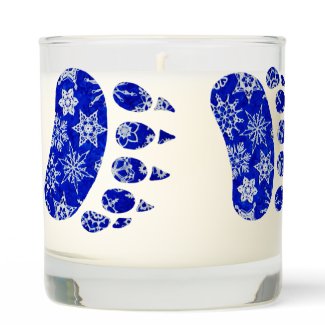




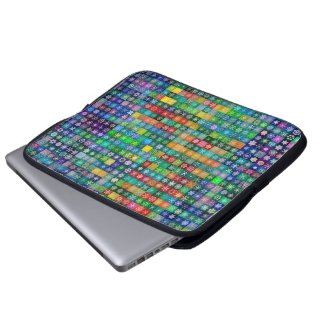
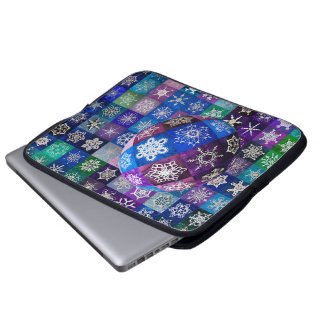














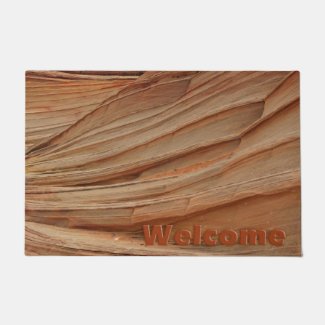
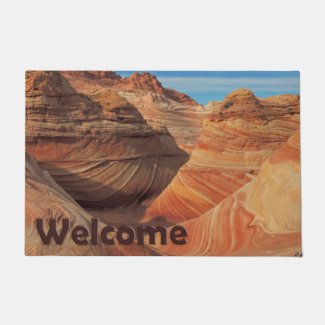


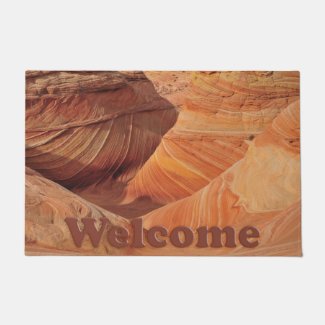
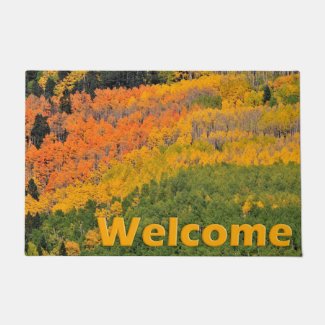
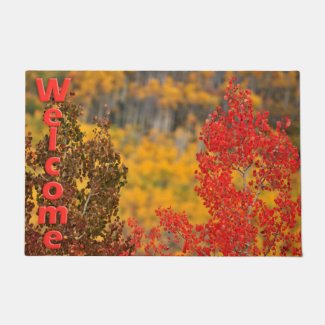

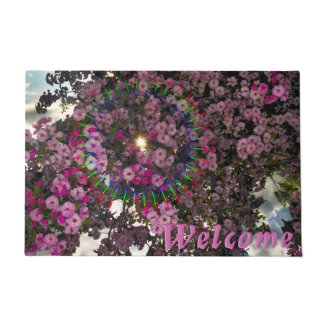
No comments :
Post a Comment
Dusty words lying under carpets,
seldom heard, well must you keep your secrets
locked inside, hidden deep from view?
You can talk to me... (Stevie Nicks)
All spam is promptly and cheerfully deleted without ever appearing in print.
If you are unable to leave a comment and need to contact me, please use the email address in the sidebar. Thank you!